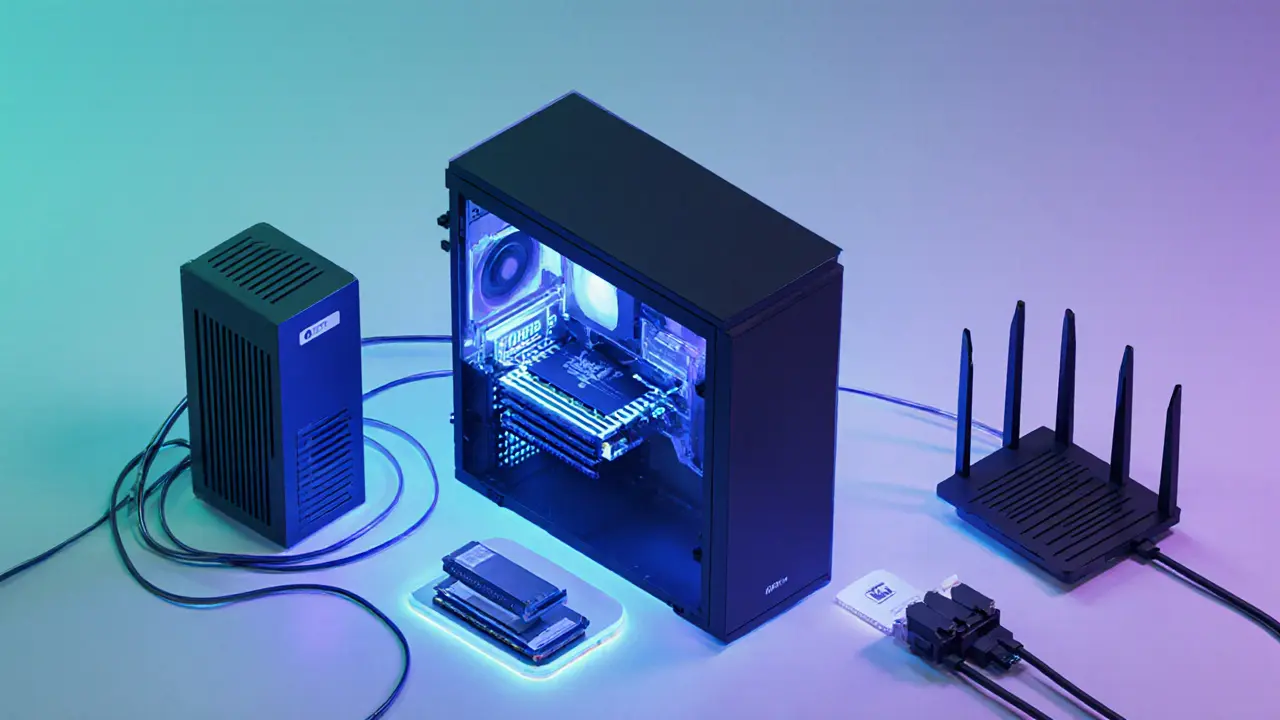Staking Hardware Requirements
If you’re planning to launch a validator, understanding the staking hardware requirements can save you time and money. When working with Staking Hardware Requirements, the set of computer and network specs needed to run a crypto staking validator reliably. Also known as node specs, they dictate how stable and profitable your operation will be.
One of the first things to sort out is the Validator Node, the software‑driven machine that participates in block production and secures the network. A solid validator node rests on three pillars: CPU performance, network bandwidth, and power efficiency. For CPU performance, look for at least a quad‑core processor with a base clock of 2.5 GHz or higher; many projects even recommend specific instruction sets like AVX2 for cryptographic workloads. Network bandwidth is another must—steady upload speeds of 10 Mbps or more keep your node in sync and prevent missed attestations. Finally, power consumption matters because running a node 24/7 adds up; a low‑wattage PSU (around 300‑400 W) with high efficiency (80 PLUS Gold) can cut operating costs dramatically.
Beyond the core hardware, you’ll also need to consider storage and latency. Solid‑state drives (NVMe if possible) reduce block‑download times, and a latency under 50 ms to the nearest peer improves consensus participation. Many stakers pair a dedicated router with QoS rules to prioritize validator traffic, ensuring the node isn’t throttled by other household devices. All these pieces—CPU specs, network quality, power draw, storage speed, and latency—form a tightly linked ecosystem. When one element falters, the whole validator can miss rewards or even get slashed.
Putting it all together, the ideal staking setup balances cost against reliability. Start with a modest yet capable CPU, secure a fast and stable internet connection, and choose energy‑efficient power supplies. Pair those with fast SSD storage and a low‑latency network route, and you’ve covered the main staking hardware requirements. Below you’ll find a curated set of articles that dive deeper into each component, compare real‑world hardware choices, and give you actionable steps to get your validator up and running without surprises.Key Components to Consider

Detailed guide on the exact CPU, RAM, storage, network and power specs needed for a reliable Ethereum validator node in 2025.
- Read More
